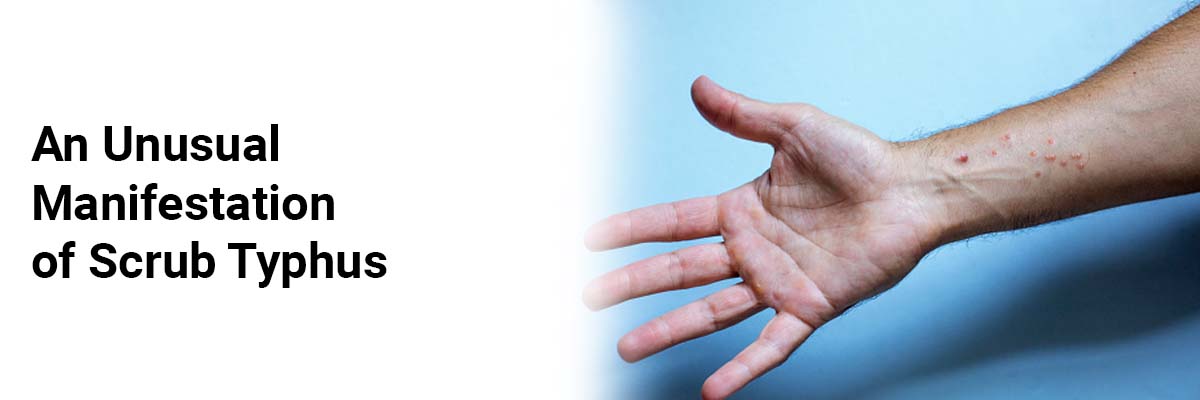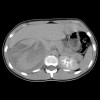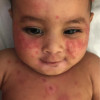
 IJCP Editorial Team
IJCP Editorial Team
An Unusual Manifestation of Scrub Typhus
A 15-year-old girl presented with a sudden onset of high-grade fever accompanied by chills and rigor persisting for three days.
She had no signs of infection – history of cough, sore throat, burning micturition, abdominal pain, headache, or other associated complaints. Physical examination revealed purple-colored, non-pruritic rashes on the face, extremities, and trunk, along with an eschar on the right leg.
Investigations depicted thrombocytopenia and mildly elevated transaminase levels. Serological tests showed high Orientiatsutsugamushi IgM antibody titers. Workups for alternative tropical illnesses yielded no significant findings.
A diagnosis of scrub typhus was arrived upon, and the patient was initiated on intravenous ceftriaxone, which resolved her fever within two days.
However, after a week, she developed a holo cranial, progressively worsening headache, vomiting, and blurred vision. Examination revealed bilateral grade-4 papilledema and bilateral 6th cranial nerve palsy.
Magnetic resonance imaging of the brain displayed tortuous and distended optic nerve sheaths and a partially empty sella, devoid of parenchymal abnormalities. The cerebrospinal fluid examination was normal except for an elevated opening pressure (60 cm of water). The patient was diagnosed with idiopathic intracranial hypertension (IIH) and commenced on acetazolamide.
The precise cause of IIH is not entirely understood, but certain viruses, microorganisms, and medications are thought to trigger the condition by initiating an immune response in the CNS – leading to inflammation and increased intracranial pressure.
While scrub typhus is a common tropical infection, the nervous system manifestations include various conditions such as meningoencephalitis, encephalopathy, cerebellitis, cerebral infarction, cranial nerve palsies, acute disseminated encephalomyelitis, transverse myelitis, and Guillain-Barre syndrome. Notably, IIH has not been previously reported in conjunction with scrub typhus infection.
Given the widespread occurrence of scrub typhus in India, it is crucial for clinicians to be aware of its diverse presentations.
Source: Elwadhi A, Panda PK, Neha KC, Gupta D, Sharawat IK. Indian Journal of Pediatrics. 2023 Nov;90(11):1156-.

IJCP Editorial Team
Comprising seasoned professionals and experts from the medical field, the IJCP editorial team is dedicated to delivering timely and accurate content and thriving to provide attention-grabbing information for the readers. What sets them apart are their diverse expertise, spanning academia, research, and clinical practice, and their dedication to upholding the highest standards of quality and integrity. With a wealth of experience and a commitment to excellence, the IJCP editorial team strives to provide valuable perspectives, the latest trends, and in-depth analyses across various medical domains, all in a way that keeps you interested and engaged.




















Please login to comment on this article